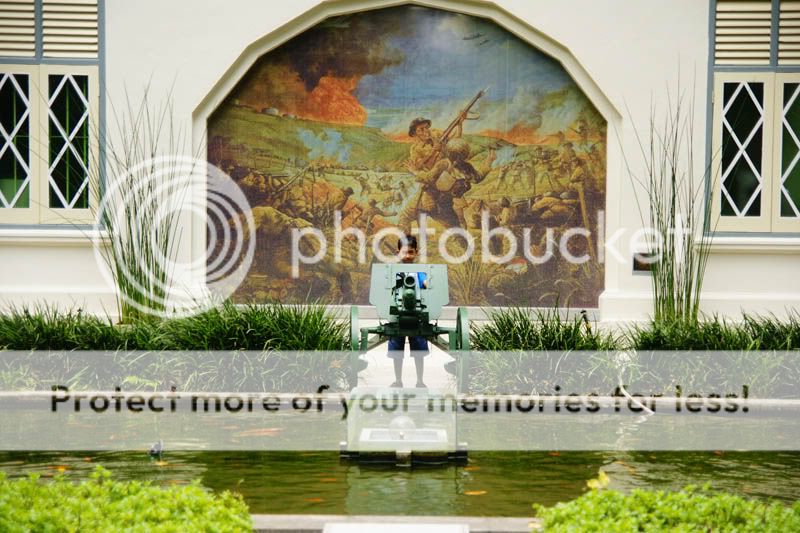Invasion of Malaya: Adnan's heroic exploits at Bukit Chandu live on
FOR 48 hours, the Japanese were held back in what has now come to be called the Battle of Bukit Chandu.
Members of the Japanese 18th Army were frustrated that they could not get past the defenders of Pasir Panjang ridge.
Led by the Malay Regiment's Lt Adnan Saidi, the 42-strong contingent of defenders fought like wounded tigers.
The 27-year-old Adnan had joined the regiment when he was 18 and had enjoyed a stellar military career, working his way up from a mere private. He had been posted to Singapore in 1941, and when the rumblings of war had grown more disquieting, had sent his pregnant wife and two children back to Selangor.
It was to be the last they would see of each other.
When the first attack on Bukit Chandu came, the Japanese soldiers were said to have been dressed as Punjabi soldiers.
The sharp-eyed Adnan, however, was not fooled and was said to have personally killed 22 enemy soldiers that day.
On Feb 14, 1942 -- the day before the fall of Singapore -- the regiment's positions were finally taken by the Japanese. In the final push, the enemy used artillery and mortar fire.
Those who were not killed outright were executed. Adnan was among them.
He was reported to have been put into a gunny sack and hung upside down from a tree for Japanese soldiers to use as bayonet practice. His body was never found.
The final hand-to-hand combat between the opposing forces -- one a full army and the other a mere company of soldiers -- is etched in a mural at a nearby bungalow which has an exhibit called "Glimpses of Bukit Chandu".
Among the things visitors can see is a sound and light show depicting the final battle. Also included is a roll of honour of the fallen heroes.
Adnan is not much remembered now, unless you happen to be a member of the armed forces, or a present or former student of SM Lt Adnan in Kajang, where he was born. There is also a road in Seremban named after him.
http://www.nst.com.my/Current_News/NST/Wednesday/National/2476192/Article/index_html
FOR 48 hours, the Japanese were held back in what has now come to be called the Battle of Bukit Chandu.
Members of the Japanese 18th Army were frustrated that they could not get past the defenders of Pasir Panjang ridge.
Led by the Malay Regiment's Lt Adnan Saidi, the 42-strong contingent of defenders fought like wounded tigers.
The 27-year-old Adnan had joined the regiment when he was 18 and had enjoyed a stellar military career, working his way up from a mere private. He had been posted to Singapore in 1941, and when the rumblings of war had grown more disquieting, had sent his pregnant wife and two children back to Selangor.
It was to be the last they would see of each other.
When the first attack on Bukit Chandu came, the Japanese soldiers were said to have been dressed as Punjabi soldiers.
The sharp-eyed Adnan, however, was not fooled and was said to have personally killed 22 enemy soldiers that day.
On Feb 14, 1942 -- the day before the fall of Singapore -- the regiment's positions were finally taken by the Japanese. In the final push, the enemy used artillery and mortar fire.
Those who were not killed outright were executed. Adnan was among them.
He was reported to have been put into a gunny sack and hung upside down from a tree for Japanese soldiers to use as bayonet practice. His body was never found.
The final hand-to-hand combat between the opposing forces -- one a full army and the other a mere company of soldiers -- is etched in a mural at a nearby bungalow which has an exhibit called "Glimpses of Bukit Chandu".
Among the things visitors can see is a sound and light show depicting the final battle. Also included is a roll of honour of the fallen heroes.
Adnan is not much remembered now, unless you happen to be a member of the armed forces, or a present or former student of SM Lt Adnan in Kajang, where he was born. There is also a road in Seremban named after him.
http://www.nst.com.my/Current_News/NST/Wednesday/National/2476192/Article/index_html



